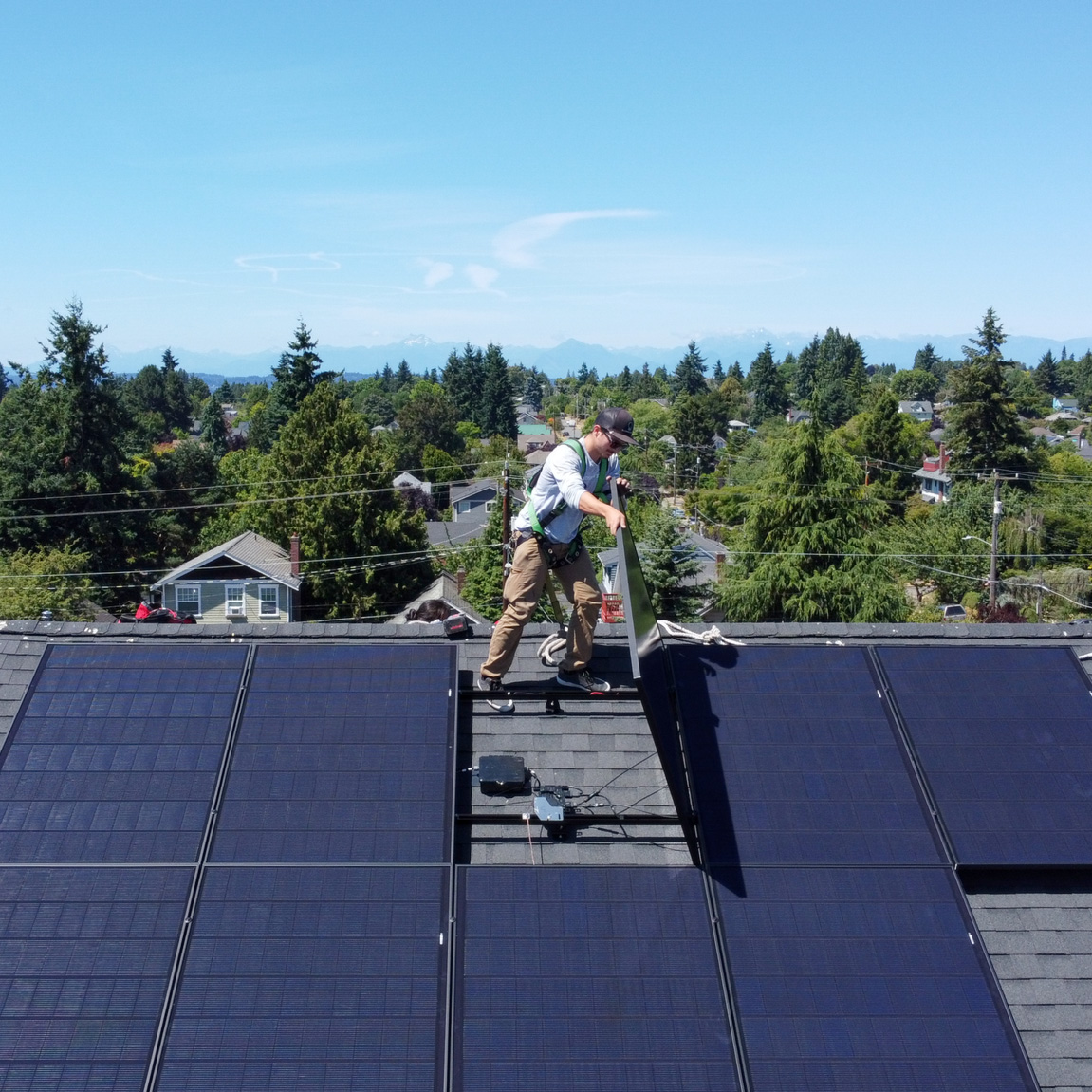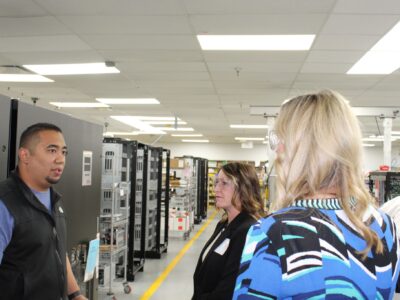At the end of May, the U.S. House narrowly pushed through a budget and tax bill that took a sledgehammer to clean energy tax credits. These include the Section 25C Energy Efficient Home Improvement Credit, which provides homeowners up to $2,000 in exchange for a heat pump installation, the Section 45X Advanced Manufacturing Production Tax Credit, which encourages the domestic manufacturing of components for the clean energy supply chain, the Section 45Y Clean Electricity Production Credit and Section 48E Clean Electricity Investment Credit, which benefit solar and wind projects, and the Section 25D Residential Clean Energy Property Credit, which helps households install solar and other technologies to lower their electricity bills. The Clean Economy Tracker has collected data about what the House reconciliation bill would mean for Maine if passed in its current form.
Section 25C
With support from these tax credits, Maine has become a national heat pump leader. In 2023, it surpassed its goal of installing 100,000 heat pumps by 2025, and the Energy Efficient Home Improvement Credit helps accelerate this trend. However, the House reconciliation bill would repeal this Section 25C tax credit after 2025, making it more difficult for Mainers to adopt this technology and diminishing the state’s ability to meet its new goal of 275,000 installed heat pumps by 2027.
Section 45X
Maine’s $2.1 billion clean energy economy employs more than 15,000 workers, including many in heat pump manufacturing. More than 550 heat pump technicians have received training at colleges and universities in the state, and its heat pump industry supports more than 680 jobs. For example, Nyle Systems is building a $6 million heat pump manufacturing plant in Bangor that will employ 200 Mainers.
The House reconciliation bill would phase out the Advanced Manufacturing Production Tax Credit for wind components after 2027 and all other components after 2031. Its elimination could put Nyle Systems’ Bangor factory and many others at risk, jeopardizing local job creation and community investments.

Photo Courtesy Nyle Water Heating Systems
Section 45Y and Section 48E
Maine currently has 3.25 GW of operating clean power capacity and 0.24 GW under construction. The state also has plans for an additional 0.59 GW of solar and battery projects. Some of the solar highlights include DESRI’s 250 MW Freedom Pine Solar project in Southern Maine, which will be the state’s biggest clean energy site, Swift Current Energy’s 100 MW Three Rivers Solar project in Hancock County, which will provide 50 to 100 construction jobs, and Glenvale’s 74.5 MW Warren Meadow Solar Station in Knox County. Meanwhile, Plus Power is building a 175 MW Cross Town Energy Storage project in Gorham, which will be the state’s largest facility, which has already committed to supporting local community groups.
The House reconciliation bill would phase out both the Clean Electricity Production Tax Credit and the Clean Electricity Investment Tax Credit after 2028, to be finished before 2032. However, eliminating the Section 45Y and Section 48E tax credits would diminish companies’ ability to build and produce clean energy, jeopardizing these projects and the associated construction and operations jobs. It would also reduce the state’s ability to meet electricity demand, which is projected to at least double by 2050.

Photo Courtesy Plus Power
Section 25D
Maine’s 129 MW of installed rooftop solar is also a testament to its clean energy transition. With the Residential Clean Energy Credit, EnergySage expects the average Mainer to save $64,745 by installing solar panels over the next 25 years.
However, the House reconciliation bill would repeal this Section 25D credit after 2025. With the elimination of the credit that would help households adopt these upgrades, cost savings from technologies including battery storage, geothermal heat pumps, and solar water heaters are at risk.

Photo Courtesy EnergySage
Maine and the rest of the country will suffer without these tax credits. If the bill passes, Energy Innovation estimates 830,000 lost jobs nationwide, particularly impacting Republican districts, where 80% of domestic clean energy projects have been built. Consumers would see energy bills that are 50% higher and would pay $33 billion more per year. The national GDP would drop by $1.1 trillion by the decade’s end.





